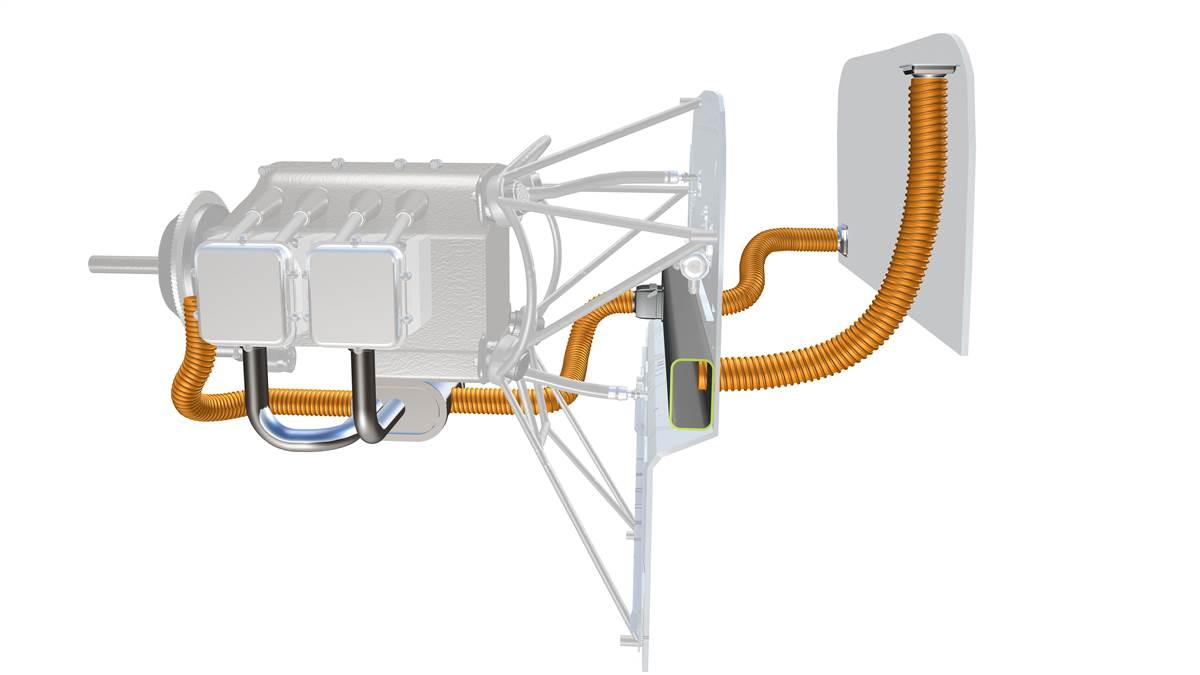
Light aircraft environmental systems are generally abysmal. Air conditioners are usually only found in high-end airplanes, and while heating systems work well, they come with a big caveat on usage.
The heater in most single-engine airplanes is nothing more than hot air directed back from the engine. This is accomplished with a shroud that surrounds the exhaust to collect the radiant heat. The shroud is connected to a tube that goes through the firewall. Depending on the airplane, it’s then directed up to the windscreen and down toward the rudder pedals. Pulling the lever to turn the heat on simply opens a gate or valve in a junction box that allows the hot air to pass.
This system has a few advantages. It’s cheap, fairly light, and at least when the engine has warmed up, it gets the cabin as hot as Miami in July.
But there are two major disadvantages. Any smoke around the engine is easily passed straight into the cabin when the valve is open. Even worse, if there is a leak in the exhaust, the heater will allow carbon monoxide into the cabin—the poisonous gas that is odorless and colorless. The only way to prevent this is not to use the heater. But sometimes that’s necessary, so it pays to invest in inexpensive carbon monoxide detectors.



